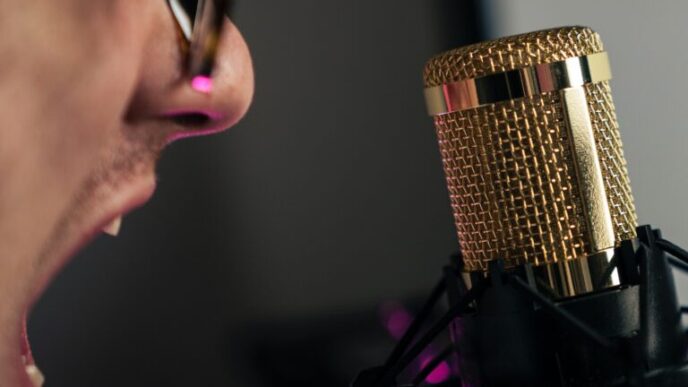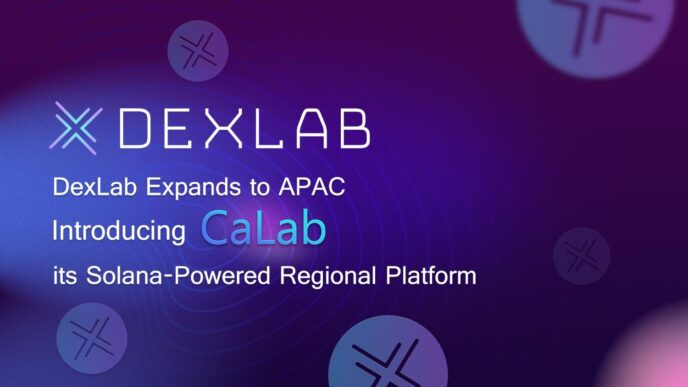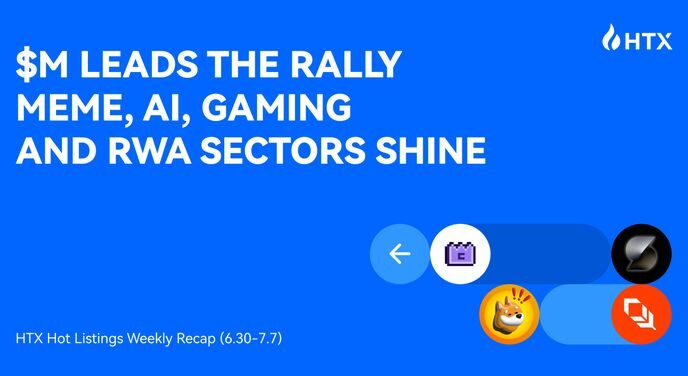Google’s Virtual Reality (VR) innovations have come a long way since about two years ago when Google unveiled its affordable and cheap phone-base Virtual Reality viewer, Cardboard. As whole part of the IO Keynote, Google’s Clay Bavor has previewed Google Daydream which is the company’s upcoming VR platform. Bavor has firmly stressed the need for a systems approach to VR, more so as it relates to reducing latency, also called the Motion to Photon time. Daydream is not a specific piece of software or hardware, but a set of reference designs and Android enhancements that targets creating a vibrant VR system on Android devices.
Google will be unveiling the specs for smartphones that it perceives are sufficient for a good Daydream VR experience. Those include requirements on the display, sensors, and compute power of the SoC. Most of the larger phone vendors are already partnering with Google on Daydream-Ready devices, and Google anticipate them to start coming to market. It is interesting to note, that Daydream is designed to achieve a latency of less than 20ms. It is argued that it is much slower than desktop VR hat companies consider acceptable for either action gaming or comfortable viewing of interactive content. Oculus and HTC both push for 11ms. They also need more GPU horsepower, but it will be thrilling to see how many experiences will try to work in the slower 50fps world of Daydream, and how much difficult may arise.
Android N will comprise system support for a low-latency, and a VR system UI, which will help sort the problem with most smartphone-based VR today, because you need to be going back and forth on various Android UI and VR apps on the phone screen.
Headset & Controller
Google is not only announcing a headset, but also it is making available a reference design for its headsets. The sketch they have designed looks much like Gear VR. It is also expected that some Daydream-capable headsets would be in the market latest by Fall. If you look at the controller reference design, it resembles a typical Bluetooth remote. However, with a touch-sensitive pad and a button, it has an orientation sensor like a Wiimote. You won’t be surprised that you can use it a bit like a magic wand to control your VR experience.
VR Applications and Ecosystem
The Google Play for VR will enable users to install, find, and launch VR apps. These VR apps will then be added into a Daydream Home screen that resembles the one Oculus uses. It’ll be quite thrilling to experience and see what happens when Oculus interact with Google on Android phones.
Google is also working aggressively to add VR support to its media offerings. The Google Play Movies will enable viewers to watch their Play video content in a Virtual Movie Theatre, and Google StreetView will now be fully VR-ready. YouTube is being recreated with inbuilt VR support, including playlists in VR & discovery, with support for spatial audio.
There are those who expected Google would upset the apple cart with a surprisingly new piece of hardware that would link the price, performance, and complexity gap between the dedicated headsets like Rift and Vive and Gear VR. But unfortunately, that didn’t happen. Nonetheless, Google is making the right steps to offer a vibrant environment for VR content producers and the Android platform users










